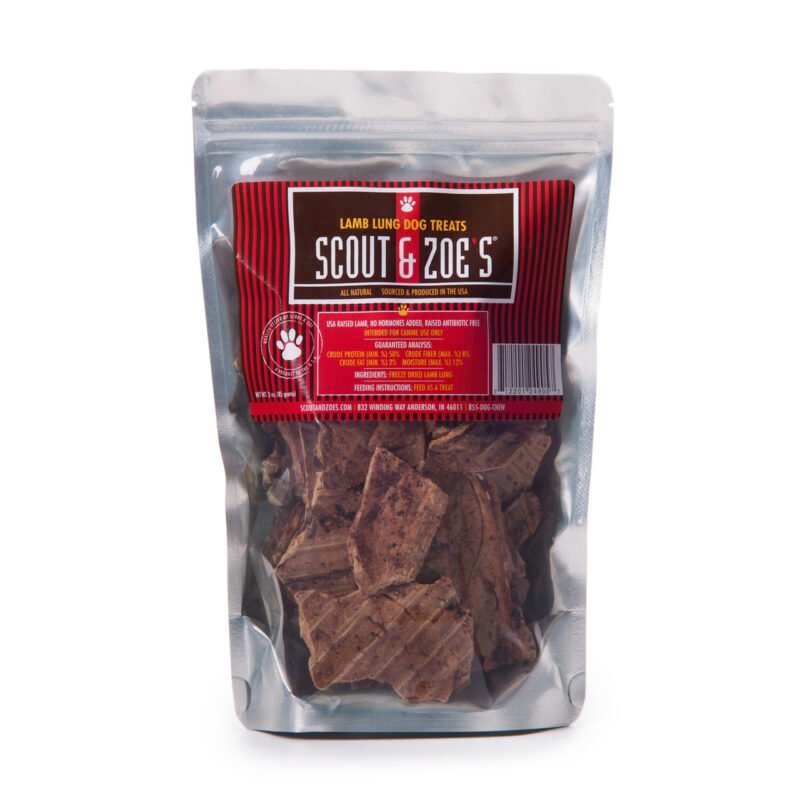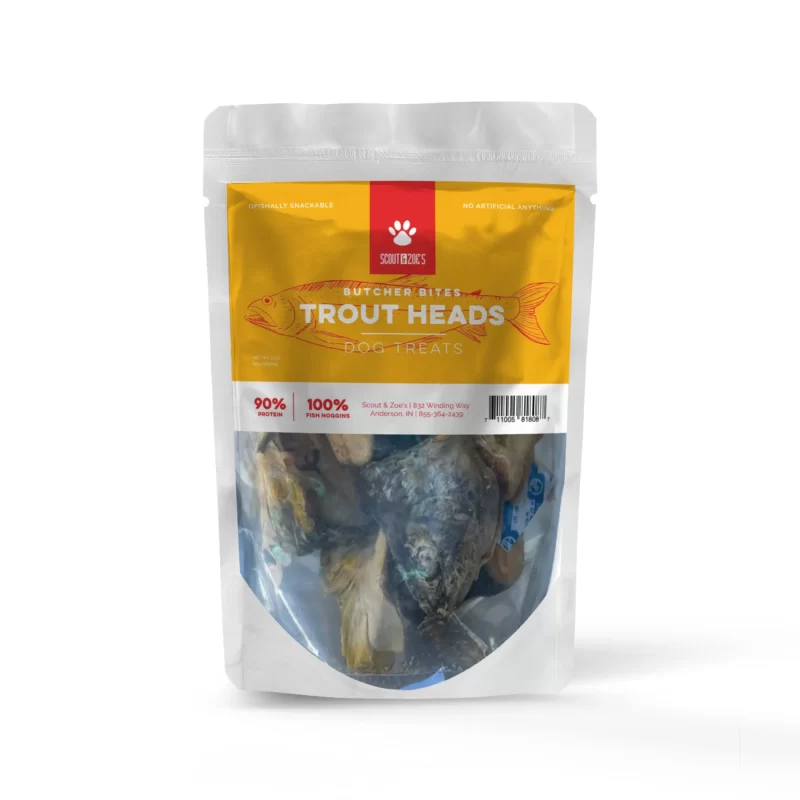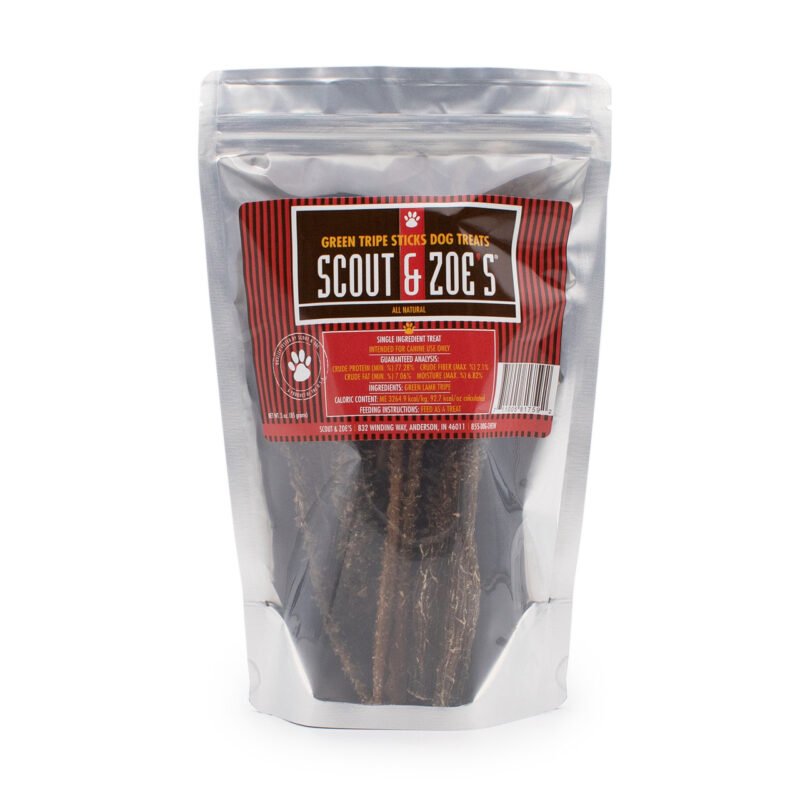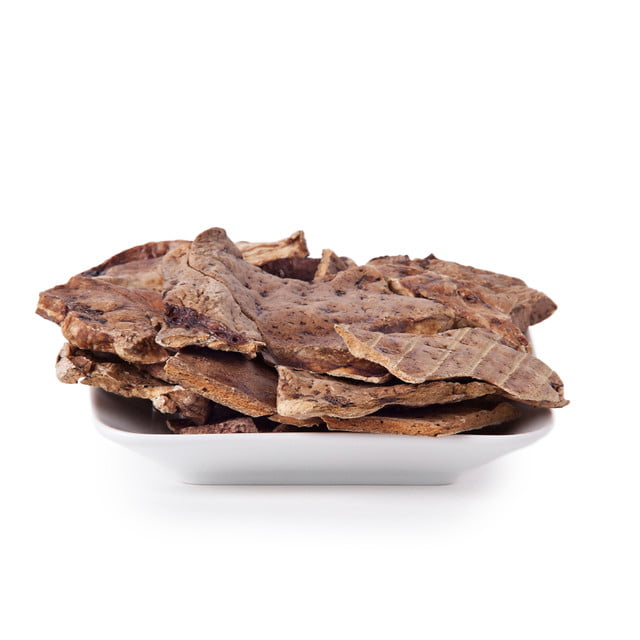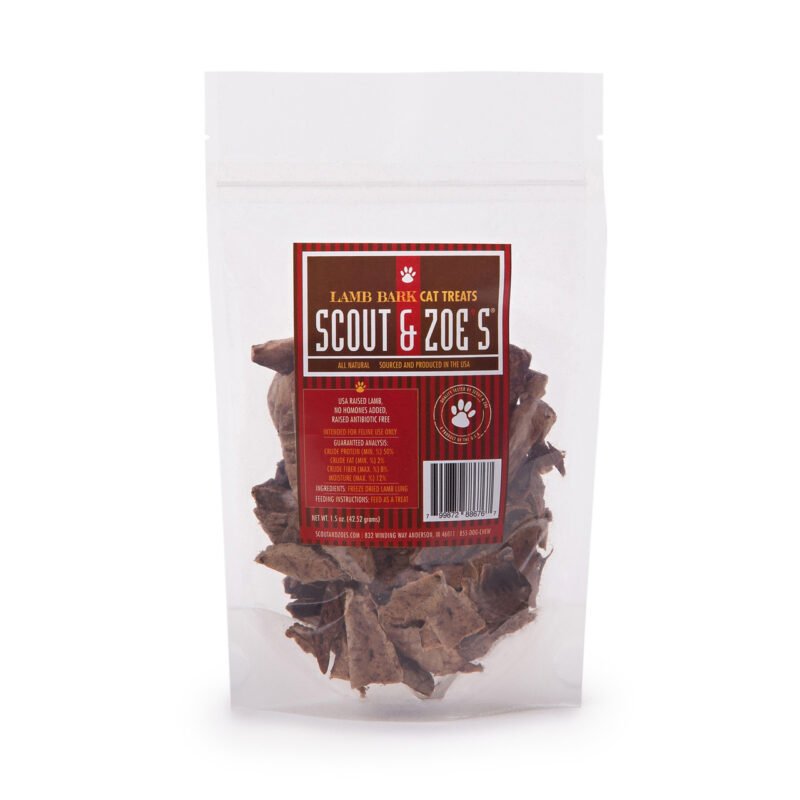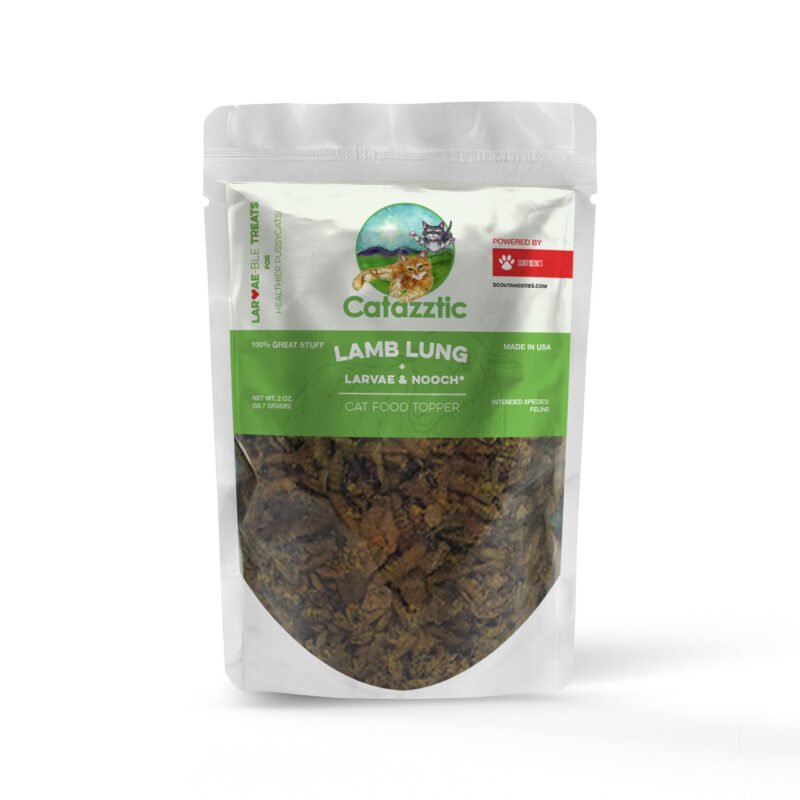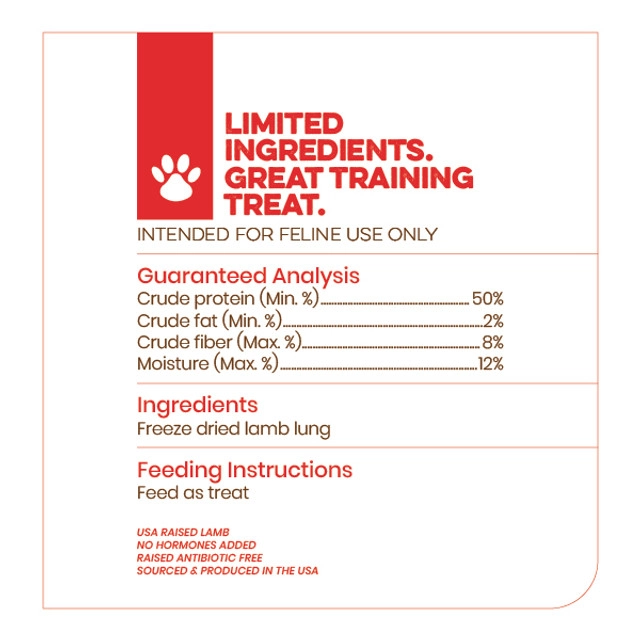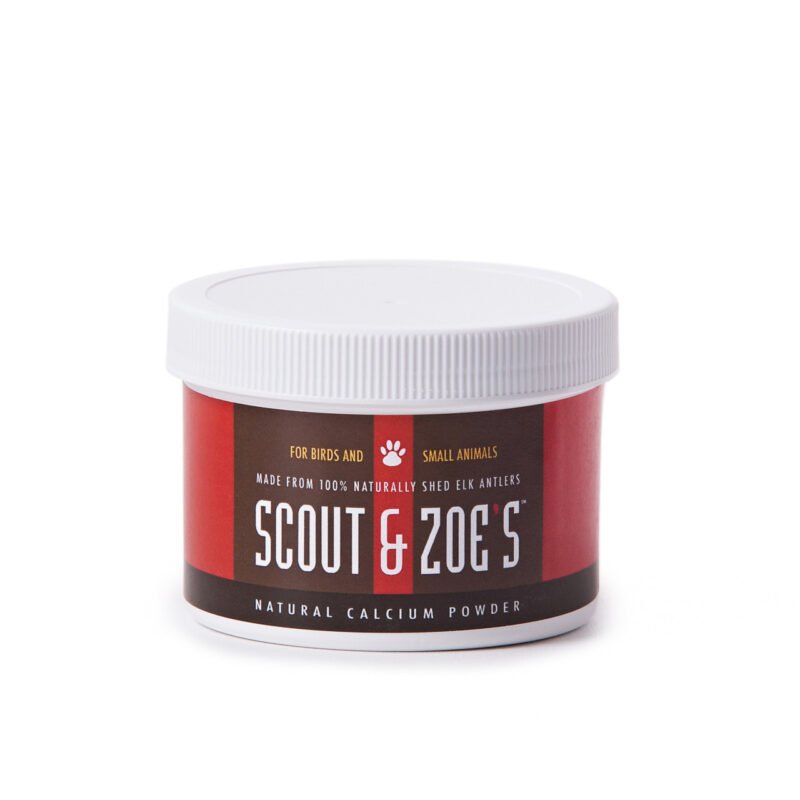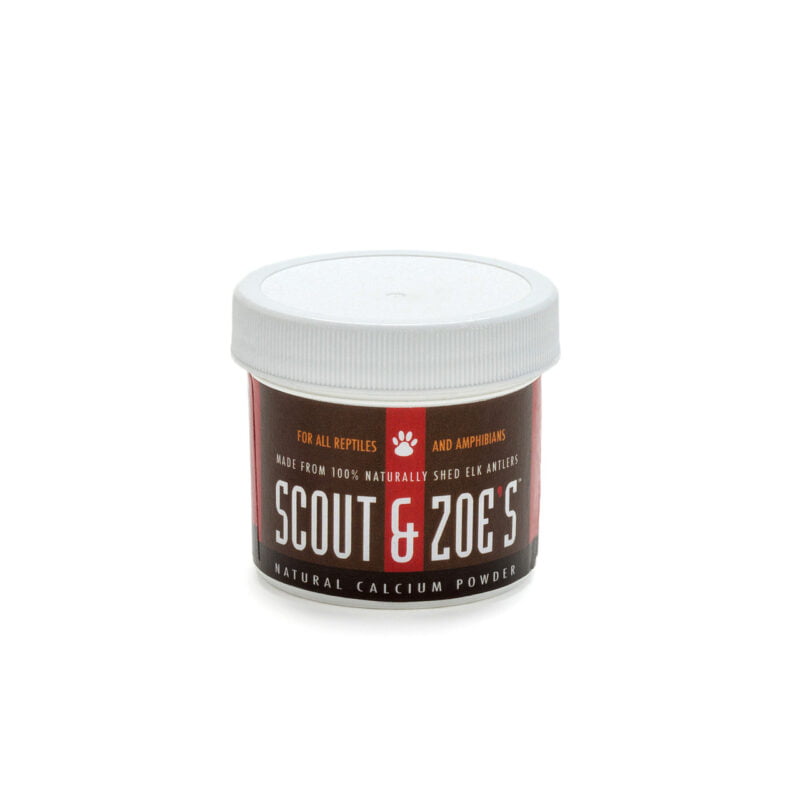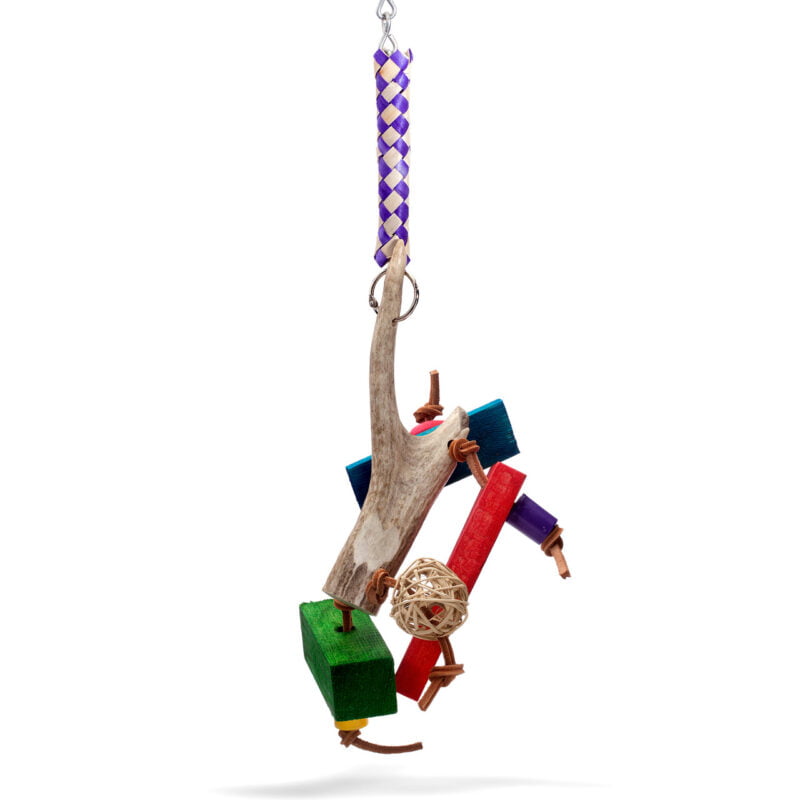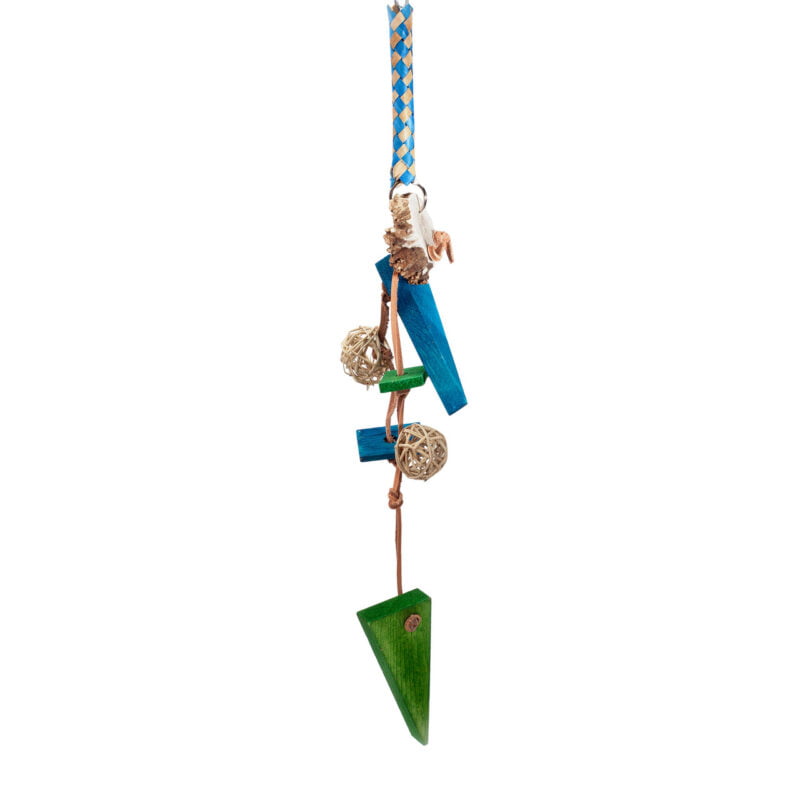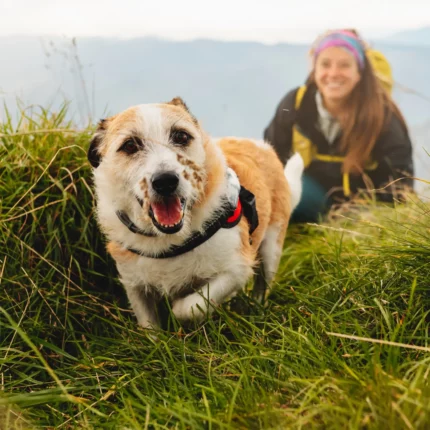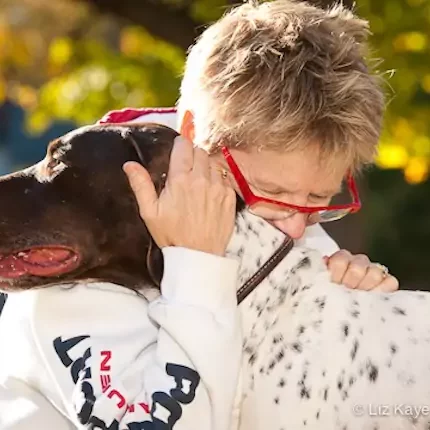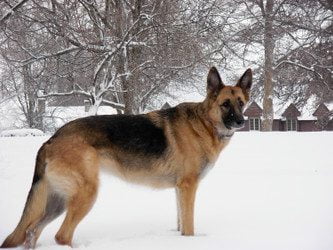Keeping your pals safe year round is pretty important but when the weather gets cold, you need to take extra precautions.
Winter is quickly approaching along with freezing temperatures in many parts of the country. Now is the time to protect your dog from the elements and colder weather.
If you’re traveling, you should have enough dog food, fresh water, warm bedding and any medications your dog takes on a regular basis, on-hand, to last a few days. Inclement weather often closes roads or makes them unsafe for travel. In addition, your veterinarian’s office might shut down during a storm so you’ll want to be fully stocked up with everything your dog may need.
The most sensible and safe thing to do is to keep your dog indoors. Dogs who are left outside for too long can suffer from hypothermia and frostbite. Extremities, like ear tips, paws and the end of the tail are particularly susceptible to cold injuries. Be sure to provide your dog with ample shelter from the elements and protection against cold weather, especially if he lives outside. Water must be available at all times; keep in mind that if the water freezes, your dog won’t be able to drink and stay hydrated. His sleeping space should be off the ground with a bed, warm blanket or pillow, or lined with straw as insulation. His dog house should be large enough for him to stand and turn around comfortably, but not much larger, or his body won’t be able to heat the area. Never leave your dog alone in a car during cold weather. In the winter, a car is just like a refrigerator, trapping the cold air inside and can cause him to freeze to death.
Dogs can lose their scent during a snowstorm and become lost, so it is smart to keep your dog on the leash at all times in snowy or icy conditions. He should always wear his ID tags. Be sure to completely dry him after a bath before taking him out for a walk at this time of year.
Dogs lose most of their body heat from their paw pads, ears and through respiration. If your dog is comfortable in clothing, a sweater or coat with a high collar or a turtleneck that covers your dog from the tail to his tummy are ideal.
When you’re outside with your dog, signs that he may be uncomfortable and it’s time to take him inside include:
- Whining
- Shivering
- Anxiety
- Lethargy
When your dog comes inside after being outdoors in the snow or ice, wipe off his paws, legs and abdomen thoroughly. You may notice his paw pads bleeding from a coating of snow or ice. Booties can help protect against this condition.
Dogs with longer coats will be warmer in the winter so don’t shave your dog down to the skin. Some dogs can stay outside longer than others. Breeds such as Malamutes fare much better in cold weather than Chihuahuas, for example.
Take your dog to your veterinarian for a check-up before the cold weather arrives. Your doctor will check for any medical issues that might make him more at risk in the wintry weather.
These tips are from Banfield Pet Hospital. Visit their site for more information at https://www.banfield.com.

